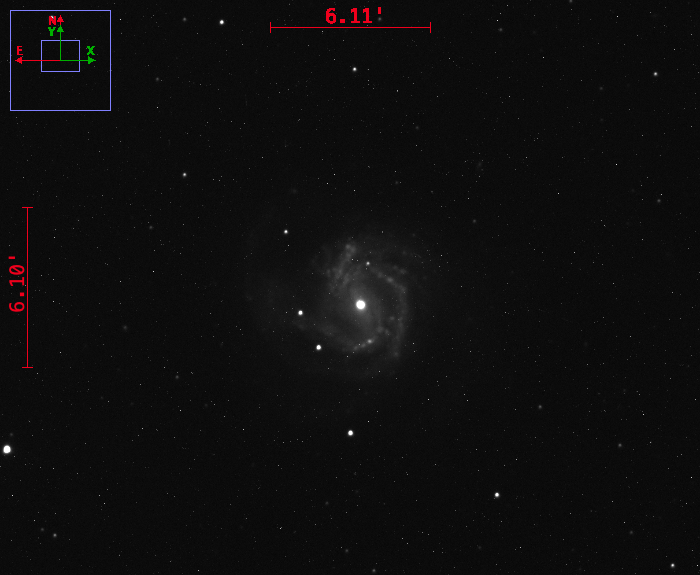Science
The Robotic Telescope is capable of collecting data in a few specific areas of science. We are currently working on three subjects. Keep an eye on this page as we expand our Science programming.
Exoplanets
As planets outside of our solar system pass in front of their host stars, they cause the light from the host star to dim just a little bit. Here on Earth, we can measure how much the light has dimmed and learn about the planet’s orbit and size.
 Supernovae
Supernovae
At the end of their lives, large stars sometimes explode, releasing dust, gases and energy in the form of light and heat. When this happens close to Earth in our galaxy, stars can become so bright that they’re visible in the daytime. However, this is a relatively rare occurrence.
However, supernovae are often so bright that we can look at other galaxies far beyond ours and see supernovae exploding in them. The Science Team uses the Robotic Telescope to hunt for these bright supernovae in distant galaxies!
Variable Stars
Some stars change brightness over time for a number of reasons. The star itself could be varying in brightness, for example, as it gets bigger and smaller or if it has periodic large solar flares, or something might block the light of the star, such as another dimmer star or a star with an extreme sunspot preventing light from escaping. We use the scope to measure apparent brightness of a star and plot curves to show the pattern in which it varies. If this is of interest to you, there’s an entire association dedicated to variable stars!
